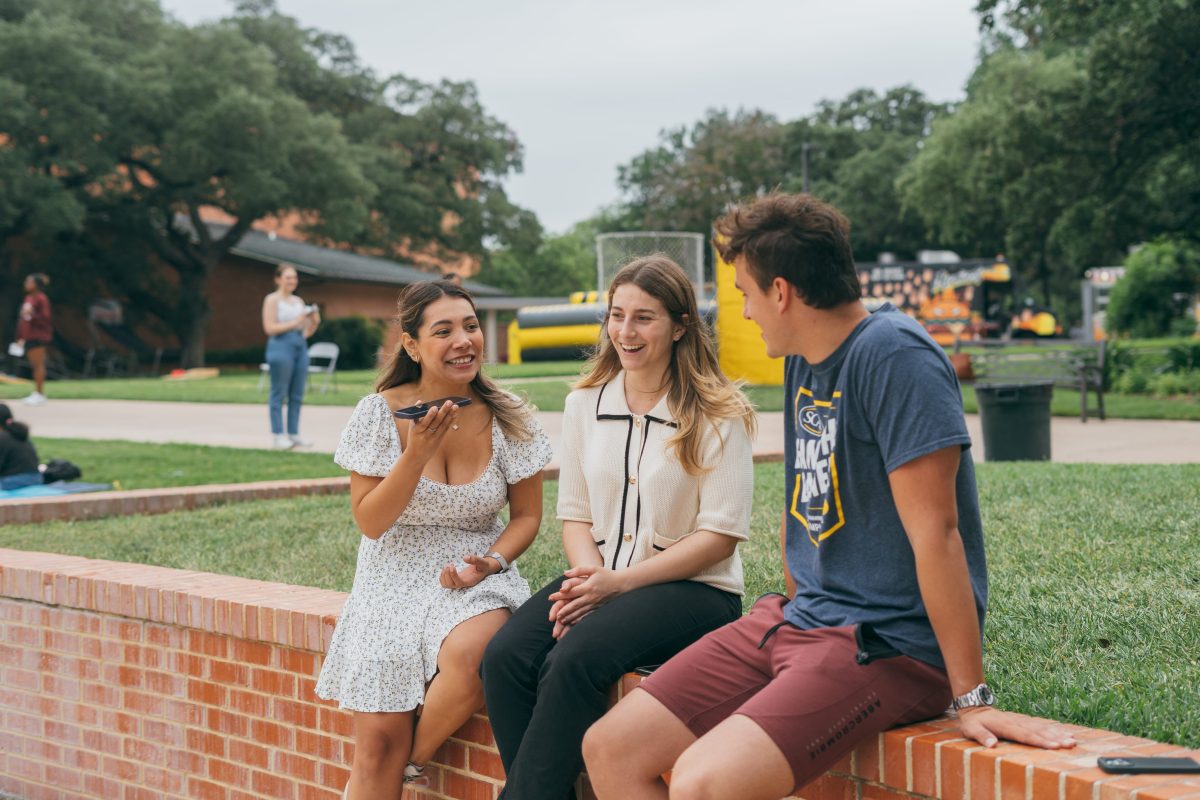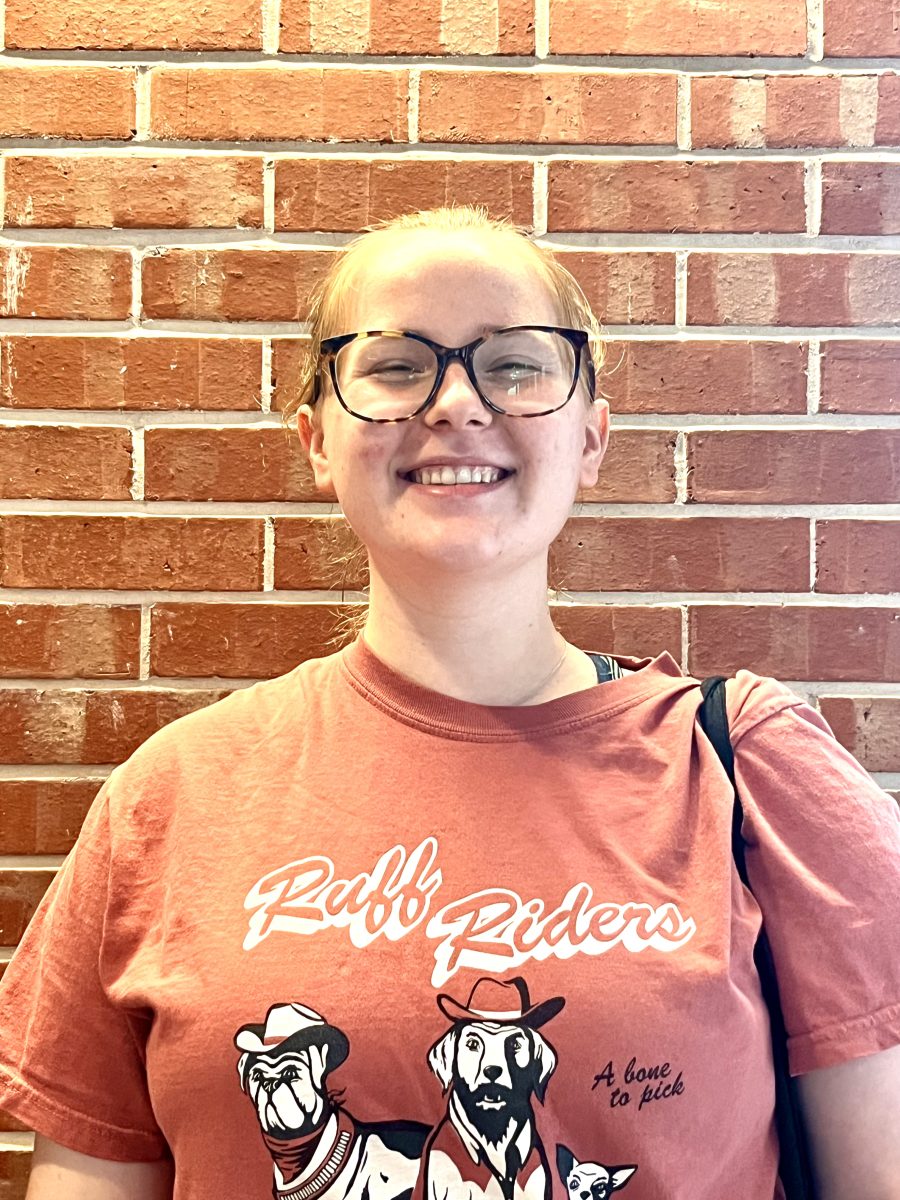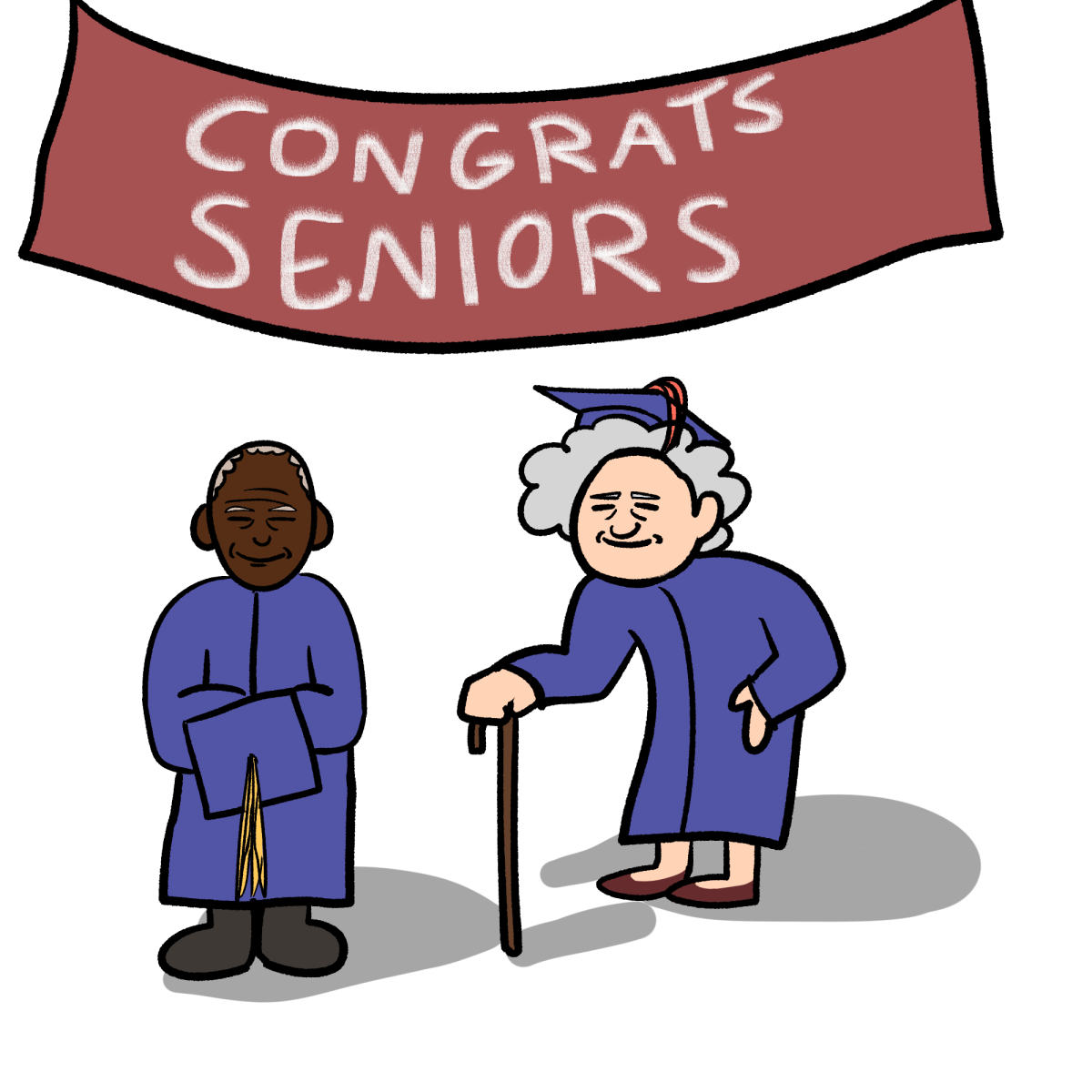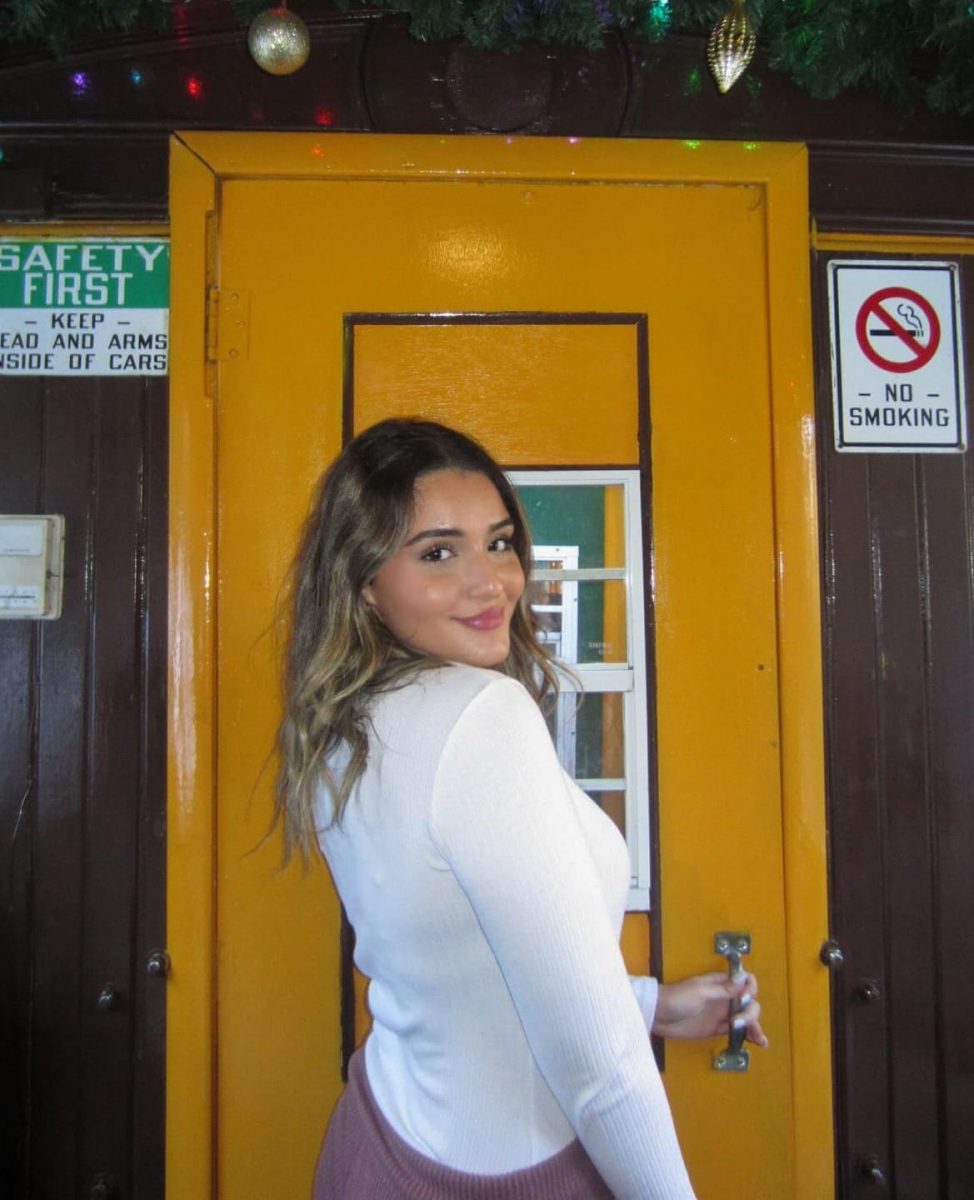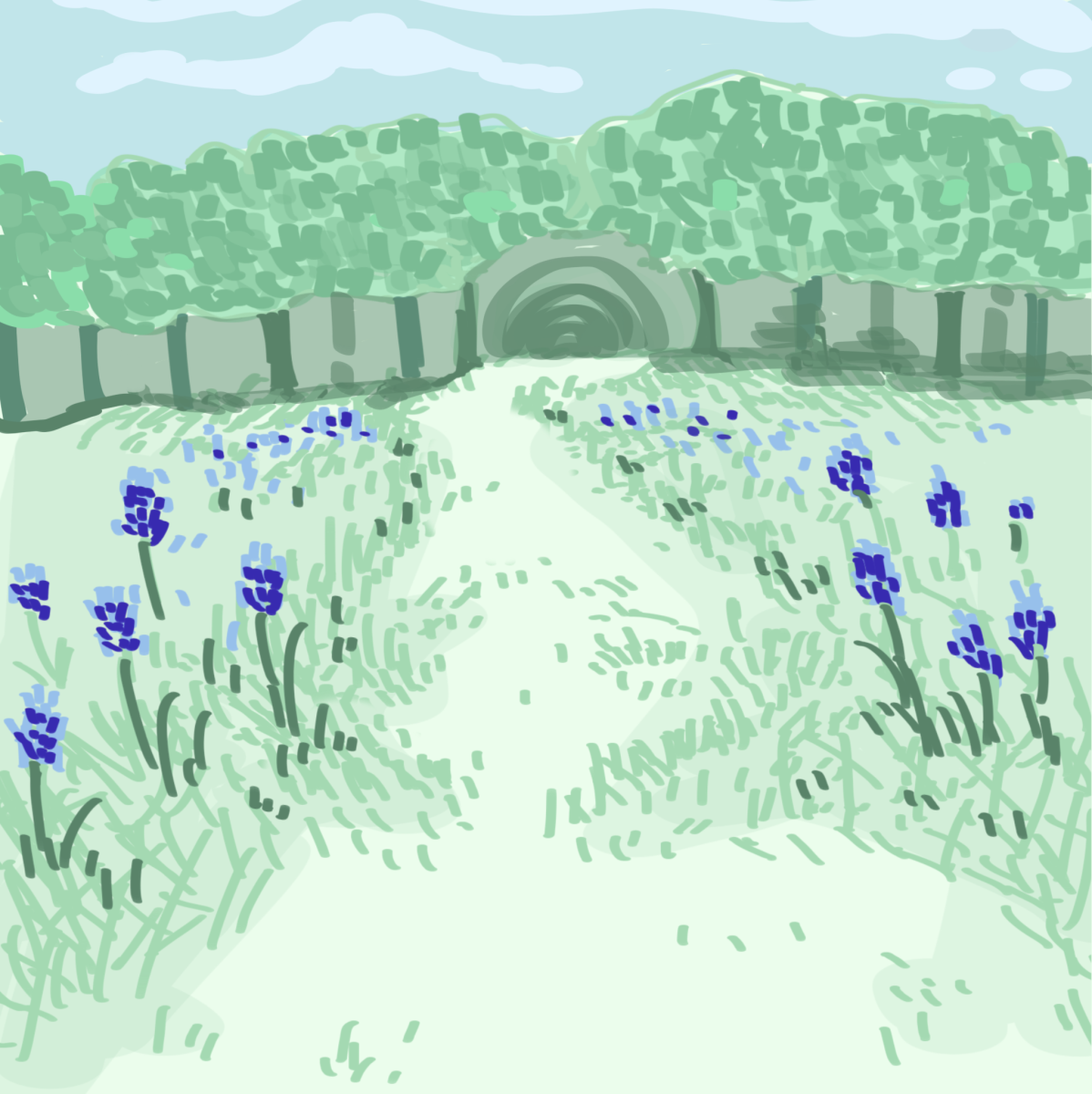Halloween has already passed, but zombies are always in season.
Trinity alumnus Jeff Strain “˜91 embraced this when he founded Undead Labs, a Seattle-based game development studio. The studio released its first video game, “State of Decay,” on the Xbox Live Arcade on June 5, 2013. As early as September, the game had already exceeded one million downloads.
Q: What was your inspiration for “State of Decay,” and why did you choose to go into this genre with so many other zombie concepts out there right now?
A: When we first announced that our game was going to have zombies in it, there was a lot of eye-rolling. However, zombies seem to have persistence. The genre lasts year after year.
We didn’t feel like any game out there had really captured that long-term survival, almost “buddy movie” kind of epic where you’re thrown together with people you don’t know who you have to work together with to survive long-term. That was our primary goal going into this because we really wanted to capture that.
Q: What makes “State of Decay” unique and different from other zombie games?
A: I think the fact that it’s a simulation rather than an action-combat game. Certainly there’s lots of combat in “State of Decay,” but it’s the depth of the simulation behind it. The fact that nothing is scripted and everything is driven by a simulation and creature artificial intelligence makes this game special. I think the big departure is that we’ve built it to be a realistic simulation rather than a scripted adventure.
Q: How long is the campaign of the game? Is there a re-playability factor to it?
A: I think if you set about to just rush through all of the story content and get to the “end of the game” as fast as you can, it’s probably going to take you about 12-15 hours. We see people restarting the game after they play it because they want to just indulge in the simulation, and we know that a lot of our hardcore fans have put several hundred hours into the game at this point.
We’re releasing downloadable content in the next couple of weeks called “Breakdown” which is designed to take the simulation of the game and just make a pure sandbox experience out of it. In other words, there’s not a beginning, middle and end to the story. Instead, it’s just a survival test to see how long you can stay alive.
Q: Is there a multiplayer component in the game?
A: No, “State of Decay” is a truly single-player experience, but in a future incarnation of the game, which is very much under discussion right now, will be built from the ground up around the multiplayer experience.
Q: How would you describe the zombies in the game?
A: You’re actually asking me a very religious question. Die-hard zombie fans have incredibly strong feelings about slow zombies versus fast zombies. Our goal here was to make a fun game. Anytime you’re building a game, that has to be your central purpose. If you really step back and look at it, having a mix of both gives you a strong tool in your tool chest to create diversity.
Most of the zombies you’ll encounter in the game are relatively slow. They are peppered in with faster zombies. We kind of informally refer to them as “fresher zombies.” You can just imagine that they’ve died more recently than the slow ones, but they, too, slow down over time.
Q: We know that there are encounters with the undead, but what about interactions with the living?
A: One of the interesting things about the zombie genre is often zombies aren’t the biggest threat. It’s your fellow survivors. The people you interact with in “State of Decay” aren’t always happy, supportive people. Most of all, they’re looking out for themselves.
We built it to where you build trust with these characters. Once you earn trust with them, you can give them missions. When you ask people to do something for you, you’re spending influence. Influence is kind of the currency of the game. If you are not able to meet the needs of your group, they’ll start leaving, and sometimes they do it in nasty ways like taking all of your food or ammunition with them. They might even shoot someone in your group in the head before they leave.
Q: Do you think there was anything that can be improved upon in the game?
A: Initially the game had a substantial offline progress model where there was some level of world progression even when you weren’t playing. We did that because we want time to really matter in the world. It’s cool that you can leave the game to go eat dinner and come back to find the building you assigned people to construct is finished. What’s not cool is when you come back to find that half of your group has left because they were hungry. At this point, we’ve updated the game to where there’s no offline progress.

